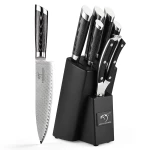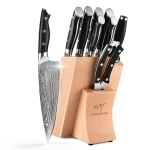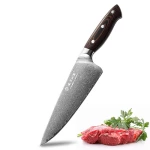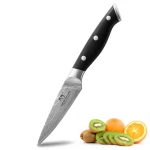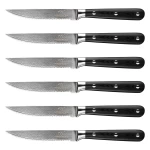The Proper Way to Hold a Chef's Knife: Ergonomics and Safety in Cutting Technique
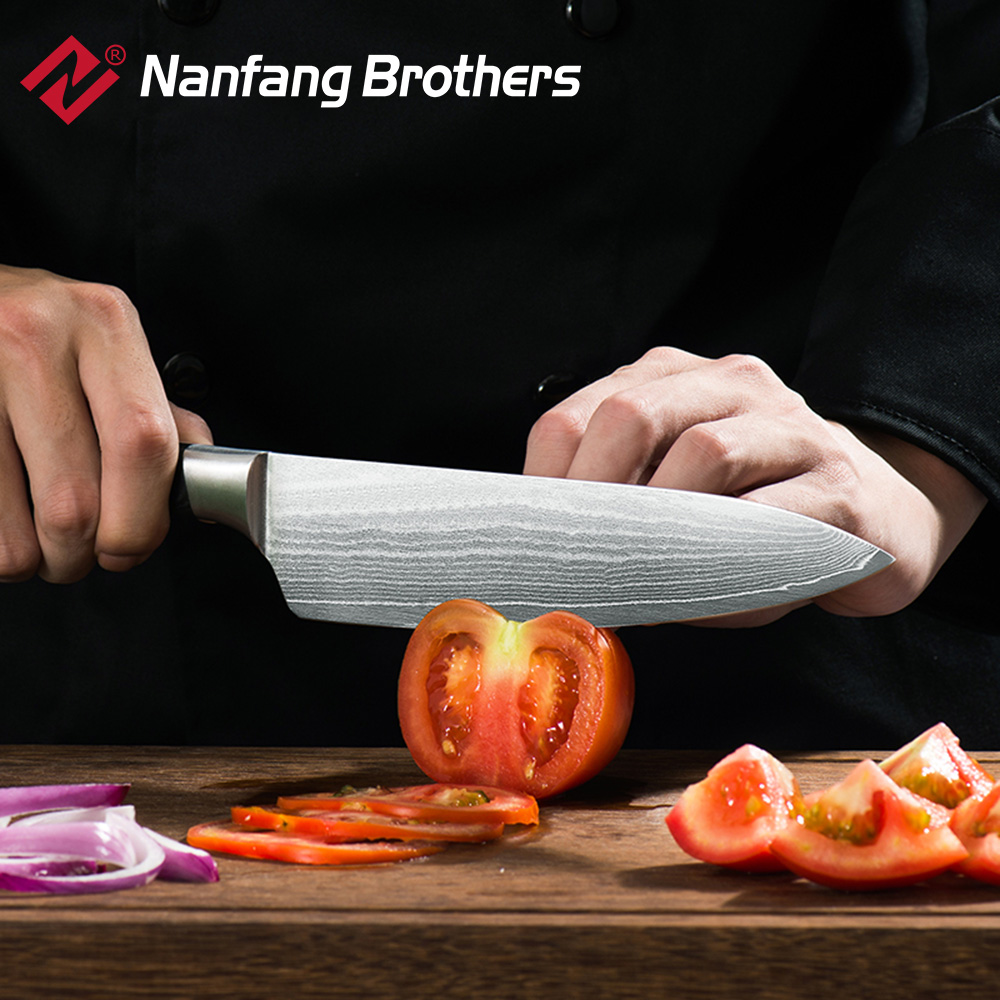
Properly holding a chef's knife is essential for both ergonomic efficiency and safety. Here's a guide on the correct technique:
1.Grip:
Hold the knife firmly but not too tightly. A relaxed grip allows for better control and reduces hand fatigue.
Grip the handle with your dominant hand, wrapping your fingers around it. Your thumb should rest on the side of the blade, opposite your fingers.
Ensure your grip is secure, but avoid squeezing the handle too tightly, as it can lead to discomfort and diminished control.
2.Positioning:
Place your index finger on the spine (top) of the blade, near the bolster or the area where the blade meets the handle.
Curl your remaining three fingers around the handle, maintaining a comfortable and stable grip.
Keep your wrist straight and aligned with your forearm to minimize strain and maximize control.
3.Thumb Placement:
Position your thumb on the side of the blade, opposite your fingers. It should rest against the side of the blade, providing stability and guiding the knife's motion.
Avoid placing your thumb directly on top of the blade, as this can hinder control and increase the risk of injury.
4.Cutting Motion:
Use a rocking motion when cutting, pivoting the knife on the bolster or the area where the blade meets the handle.
Start by placing the tip of the knife on the cutting board, then rock the blade back and forth while applying gentle pressure to slice through ingredients.
Maintain a fluid and controlled motion, keeping the blade in contact with the cutting board to ensure even and precise cuts.
5.Finger Placement:
Curl your non-dominant hand into a claw shape to hold the food securely while cutting.
Tuck your fingertips under and away from the blade to avoid accidental cuts. Your knuckles should act as a guide for the knife, ensuring uniform slices.
6.Stability:
Stand with your feet shoulder-width apart and maintain a stable stance to provide a solid foundation for cutting.
Keep your cutting board secure by placing a damp cloth or a non-slip mat underneath to prevent it from slipping during use.
7.Safety Precautions:
Always cut away from your body and keep your fingers clear of the blade's path to avoid accidental injuries.
Take your time and focus on maintaining proper technique to minimize the risk of slips or cuts.
When not in use, store your chef's knife in a knife block or sheath to protect the blade and prevent accidents.
By following these guidelines, you can safely and efficiently use a chef's knife while minimizing the risk of strain or injury. Practicing proper technique will improve your cutting skills and enhance your overall cooking experience.

